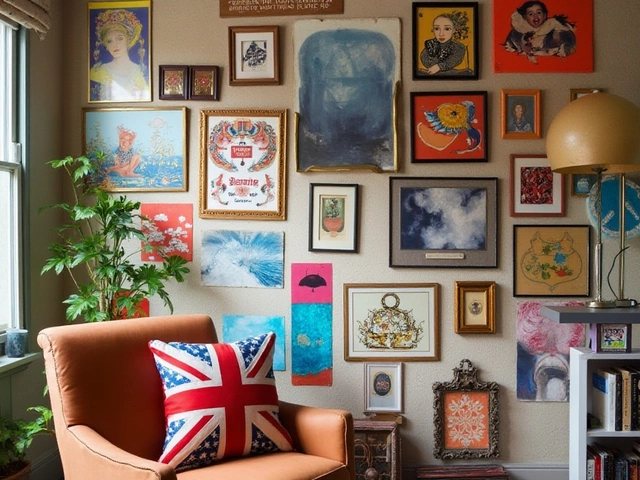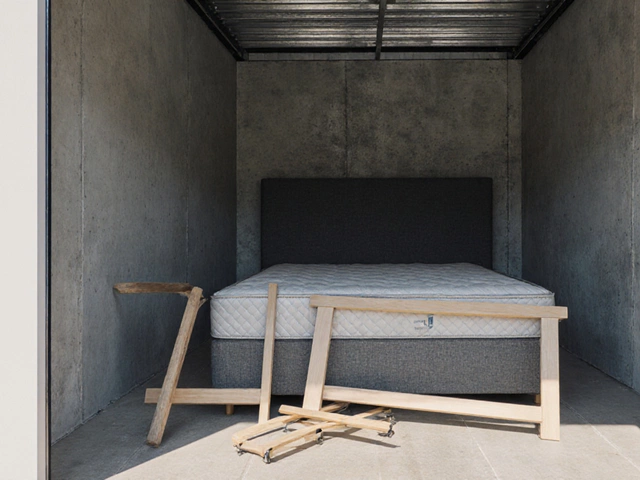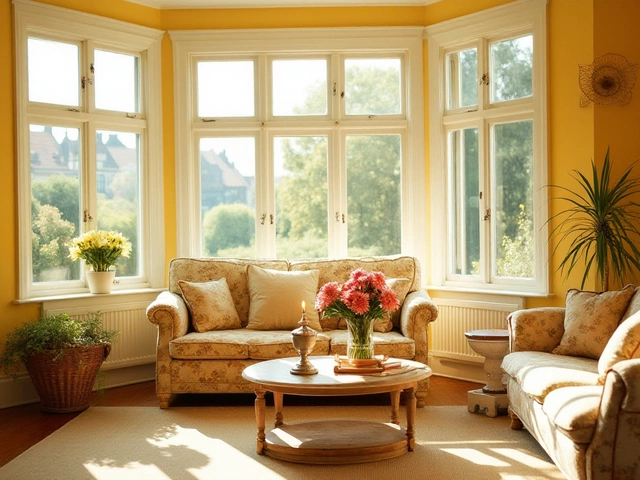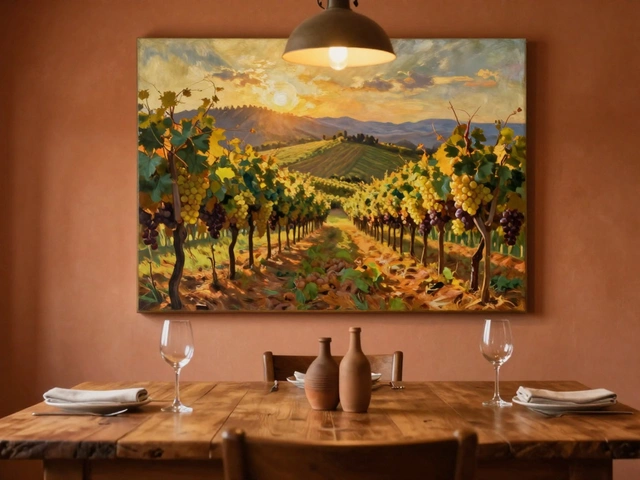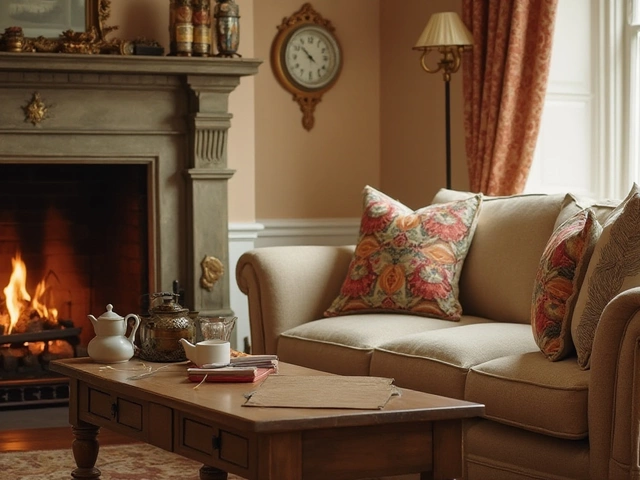Interior Decorator Salary Guide 2025
Thinking about a career in interior decorating? Before you sign up for a course or start chasing clients, you probably want to know how the money side looks. Here’s a plain‑spoken rundown of what you can expect to earn in 2025, the factors that push the numbers up or down, and practical steps to get a better paycheck.
Typical Salary Ranges
In Australia, full‑time interior decorators usually pull between AU$45,000 and AU$70,000 per year. Beginners with less than two years of experience tend to land jobs at the lower end – think AU$45‑50k – while those with five to ten years of solid project work move into the AU$60‑70k bracket.
If you’re working for a large design firm or a high‑end retail brand, the top end can stretch to AU$80k or even AU$90k, especially when bonuses for meeting sales targets are added. On the flip side, small boutique studios or part‑time roles may linger around AU$40k.
Freelance decorators see a wider spread. Hourly rates typically range from AU$30 to AU$80, depending on your reputation and the complexity of the job. A busy freelancer who lands several mid‑size residential projects a month can easily top AU$100k in gross income, but remember you’ll also cover your own taxes, insurance and marketing costs.
Location matters a lot. Cities like Sydney and Melbourne pay a premium – often 10‑15% higher than regional areas – because the client base can afford bigger budgets. If you’re open to moving, regional towns still need good designers, and the lower cost of living can make a AU$55k salary feel more comfortable.
Boosting Your Income
Want to move from the entry‑level range to the six‑figure club? It’s not magic; it’s about building value. First, nail a niche. Specialising in sustainable design, tech‑integrated homes or luxury kitchens makes you stand out and lets you charge higher rates.
Second, get certified. Courses in CAD software, BIM or recognised design diplomas add credibility. Clients often trust a designer with a recognised qualification and are willing to pay extra for that assurance.
Third, showcase your work online. A strong Instagram or Pinterest portfolio acts like a living showroom. When potential clients see before‑and‑after photos, they’re more likely to book a consultation – and you can upsell additional services like colour consulting or custom furniture sourcing.
Fourth, negotiate smartly. When you receive a job offer, ask about performance bonuses, project‑completion incentives or profit‑sharing on retail sales. Even a modest 5% bonus can push your annual earnings noticeably higher.
Finally, diversify revenue streams. Offer virtual design packages, sell e‑books on styling tips, or partner with furniture retailers for affiliate commissions. Those side incomes add up without demanding a full‑time workload.
Bottom line: interior decorating can be a rewarding paycheck if you understand the market, pick the right location, and keep adding skills that clients can’t easily find elsewhere. Use the salary ranges above as a baseline, then apply the tips to climb higher. Your next paycheque could be just a few strategic moves away.


